The Heart of Christmas: A Guide to Collecting Nativity Figurines and Sets
For centuries, the Nativity scene has been the quiet, spiritual heart of Christmas décor. More than just a collection of figures, it is a tangible connection to a story of hope, humility, and profound love. The tradition, which traces its roots back to St. Francis of Assisi in 1223, has evolved from a live reenactment into a cherished art form, with collectors all over the world seeking out sets that resonate with their faith, aesthetic sensibilities, and family traditions.
Collecting Nativity figurines, or crèches, is a journey into a world of incredible artistry and cultural diversity. The market today is richer and more varied than ever before, offering everything from treasured, hand-carved heirlooms passed down through generations to sleek, minimalist interpretations that complement a modern home. Whether you are starting a new family tradition or are a seasoned collector looking to expand your display, this comprehensive guide will explore the most beloved brands, current trends, and practical advice for building and caring for a collection that will be the centerpiece of your Christmas for years to come.
The Titans of Tradition: Heirloom-Quality Nativity Brands
For many collectors, the appeal of a Nativity set lies in its timeless quality and the promise of becoming a family heirloom. Several brands have built a legacy on this very principle, offering exceptional craftsmanship and enduring designs.
Fontanini: The Italian Masterpiece
No name is more synonymous with high-quality, collectible Nativity sets than Fontanini. For over a century, the Fontanini family has been crafting their world-renowned figures in the small village of Bagni di Lucca, Italy.
- The Artistry: Fontanini figurines are celebrated for their lifelike detail, expressive faces, and rich, hand-painted colors. Each figure, from the humblest shepherd to the most regal king, is a small work of art.
- The Material: Made from a durable, virtually unbreakable polymer resin, Fontanini sets are designed to be handled and cherished, making them a family-friendly choice. This resilience ensures they can withstand the test of time and be passed down to children and grandchildren.
- Building a Village: One of the greatest joys of collecting Fontanini is the ability to expand your scene year after year. The collection is vast, featuring not only the Holy Family but also a sprawling cast of villagers, animals, and architectural pieces that allow you to create an entire Bethlehem tableau. Figures are available in various scales, from a miniature 2.5 inches to a life-size 50 inches, allowing for incredible customization.
- Value and Legacy: Vintage and retired Fontanini pieces are highly sought after on the secondary market. The brand’s enduring popularity and commitment to quality make it a sound investment for serious collectors.
Lladro: The Elegance of Spanish Porcelain
For those who seek the pinnacle of elegance and fine craftsmanship, a Lladro Nativity set is a true treasure. This renowned Spanish brand is famous for its high-quality porcelain figurines, characterized by their elongated forms, delicate pastel color palettes, and a glossy, crystalline finish.
- Aesthetic Appeal: A Lladro Nativity is a statement of refined taste. The figures exude a sense of peace, serenity, and ethereal beauty. They are less about rustic realism and more about capturing a moment of divine grace in porcelain.
- Collectibility: Lladro produces its Nativity figures as individual pieces, allowing collectors to acquire the set over time. Retired pieces can become quite valuable, and the brand’s global recognition ensures a strong collector base.
- Care: As with any fine porcelain, Lladro figurines are extremely fragile and must be handled and stored with the utmost care. They are best suited for display in a secure location where they will not be accidentally disturbed.
The Heartfelt and Contemporary: Modern Nativity Interpretations
In recent years, the trend in Christmas décor has leaned towards more personal and stylistic interpretations, and Nativity sets are no exception. These collections focus on emotion, simplicity, and modern design.
Willow Tree: The Beauty of Gesture
The Willow Tree Nativity by artist Susan Lordi has become one of the most beloved and popular sets in the world. Its appeal lies in its profound simplicity and emotional resonance.
- Faceless Figures: Willow Tree figurines are intentionally without facial features. This allows the observer to project their own emotions and interpretations onto the scene, making it a deeply personal experience. The story is told through the subtle gestures of the figures—the gentle tilt of Mary’s head, the protective stance of Joseph.
- Organic Feel: The figures are cast from Lordi’s original hand-carved wooden prototypes, retaining a rustic, hand-hewn texture. The muted color palette of cream, blue, and brown gives the set a calm, earthy, and cohesive look.
- Expansive Collection: Like Fontanini, the Willow Tree Nativity is an expandable collection. It includes the classic Holy Family and manger animals, as well as a beautiful array of angels, shepherds, and other figures like the beloved “Song of Joy” angel.
- Meaningful Gifting: The affordability and emotional appeal of Willow Tree make it a popular gift for weddings, new parents, and those starting their own family traditions.
Minimalist and Modern Designs
Reflecting contemporary interior design trends, minimalist Nativity sets are gaining popularity. These sets reduce the story to its essential forms, using clean lines, abstract shapes, and often a monochromatic color palette. Materials like smooth, unadorned wood, polished metal, or sleek acrylic are common. These modern crèches are perfect for those who want to honor the tradition in a way that complements a contemporary home aesthetic. They focus on the spiritual essence of the scene rather than intricate historical detail.
A World of Celebration: Global and Cultural Nativity Sets
One of the most beautiful trends in Nativity collecting is the rise of sets from around the world. These “ethnic” or “cultural” Nativity scenes depict the Holy Family as members of a specific culture, dressed in traditional attire and often surrounded by local animals and architecture.
You can find a hand-carved olive wood set from Bethlehem, a brightly colored ceramic set from Peru where llamas replace the traditional donkey, or a serene celadon porcelain set from Thailand. These global Nativities are a powerful reminder of the universality of the Christmas story. They are not just collectibles; they are a celebration of global artistry and the idea that the message of Christmas is for everyone, everywhere. UNICEF Market and other fair-trade organizations are excellent sources for these unique and meaningful sets.
The Practical Collector: Arranging and Caring for Your Set
Once you have chosen your Nativity, displaying and caring for it properly will ensure its beauty for years to come.
How to Arrange Your Nativity Figurines:
While there are no rigid rules, a traditional arrangement enhances the storytelling aspect of the scene.
- The Centerpiece: The manger with the infant Jesus is the central focus. Traditionally, some families wait until Christmas Eve to place the baby Jesus figure in the manger.
- The Holy Family: Mary is typically placed on one side of the manger, often kneeling in adoration, while Joseph stands on the other, watching over them with a staff or lantern.
- The Onlookers: The shepherds and their sheep are usually placed on one side of the central figures. Biblically, they were the first to arrive, so they are often positioned closer to the stable.
- The Magi: The Three Wise Men (Melchior, Gaspar, and Balthasar) with their camels are traditionally placed on the opposite side. A popular tradition is to start them at a distance from the Nativity on the first day of Advent and move them a little closer each day, finally arriving at the manger on Epiphany (January 6th).
- The Angels: Angels, especially the Angel Gabriel, can be placed inside the stable behind the Holy Family or, more commonly, on top of the stable or crèche, proclaiming the good news.
Caring for Your Figurines:
Proper cleaning and storage are essential to preserve your collection.
- Resin (Fontanini, Willow Tree): Dust gently with a soft, dry cloth or a small, soft paintbrush to get into crevices. If more cleaning is needed, use a slightly damp cloth with a tiny amount of mild soap, but avoid harsh chemicals or soaking the figures.
- Porcelain (Lladro): These are extremely delicate. Dust only with a very soft, clean brush. For fingerprints, a soft, lint-free cloth is sufficient. Never use water or cleaners unless you are a professional.
- Wood: Dust regularly with a dry cloth. Avoid any water or liquid polishes, which can damage the paint and the wood itself.
- Storage: The original box with its custom-fitted polystyrene or foam is the best storage solution. If you don’t have it, wrap each figure individually in acid-free tissue paper or bubble wrap and store them in a sturdy, opaque box. Avoid storing them in attics or basements where extreme temperatures and humidity can cause damage.
Whether it is a single, humble wooden set or an elaborate, ever-expanding porcelain village, a Nativity scene is a powerful and personal expression of faith and tradition. It is a collection that tells not only the story of the first Christmas but also the story of your family, your heritage, and the enduring spirit of hope that defines the season.

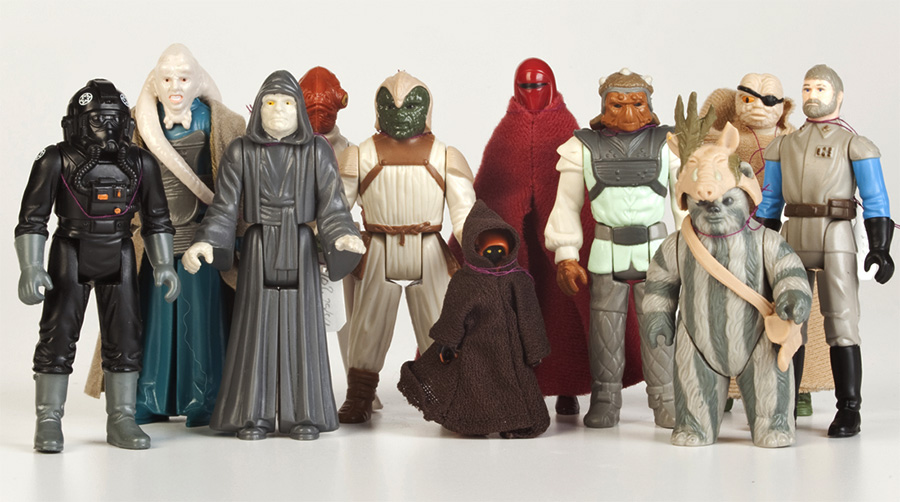
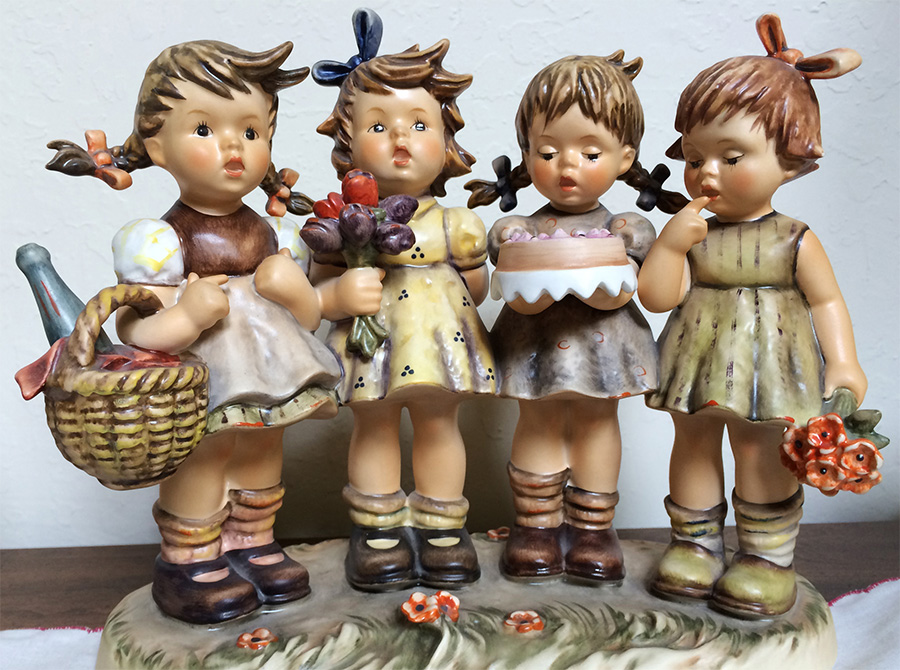
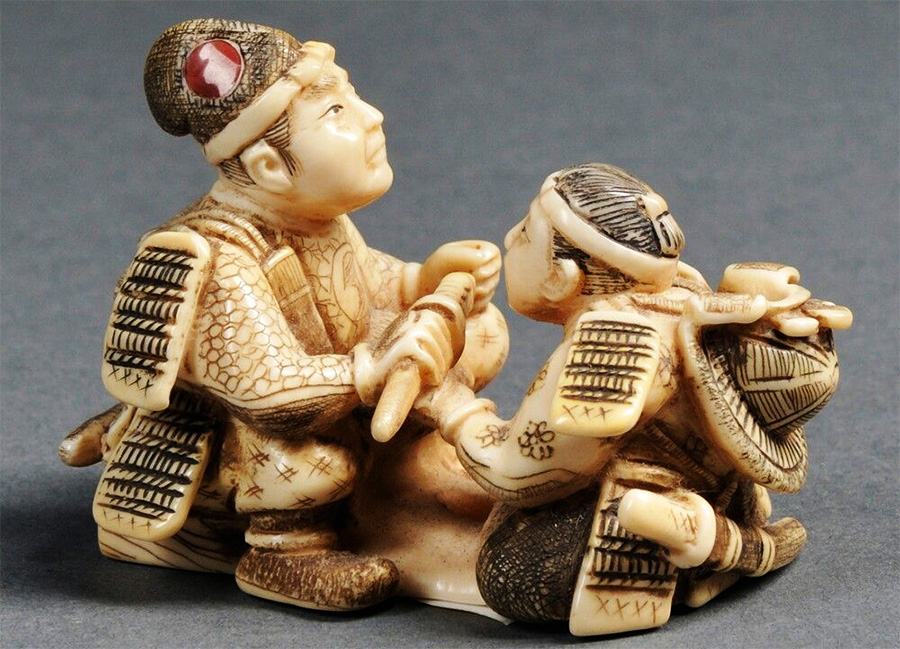
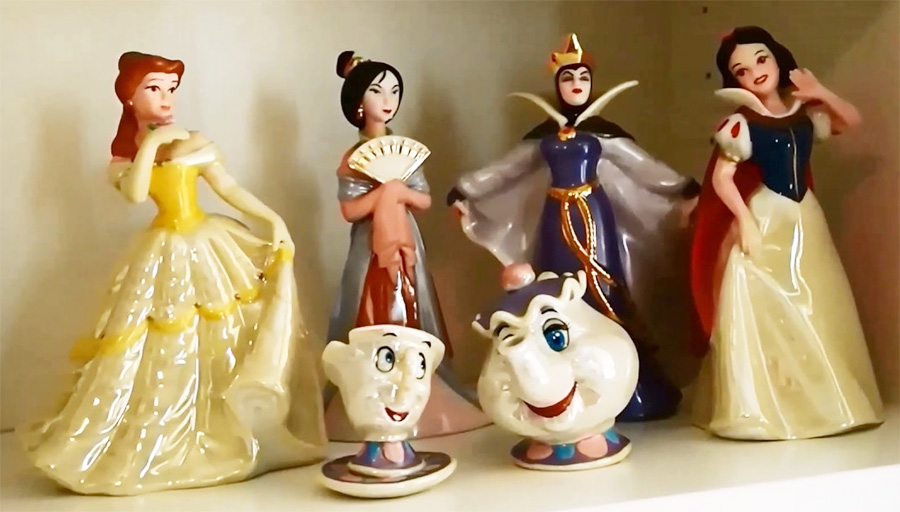
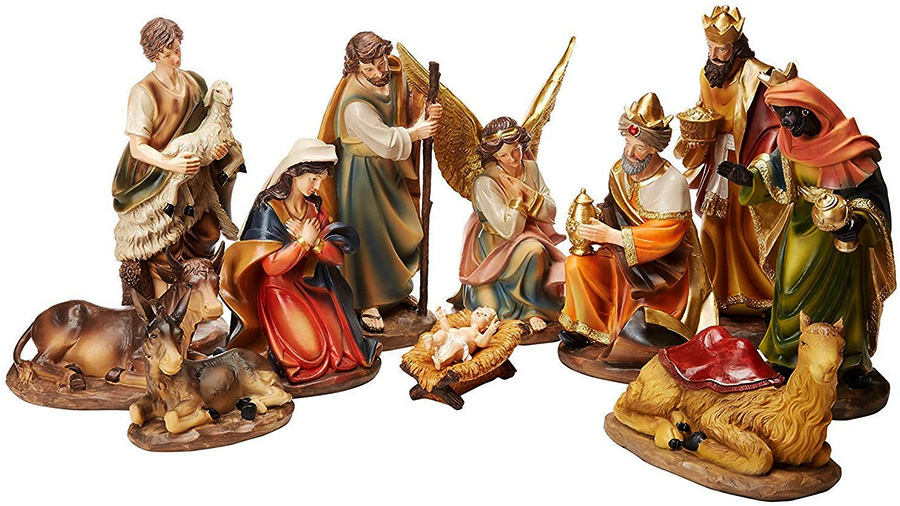

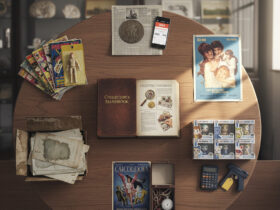
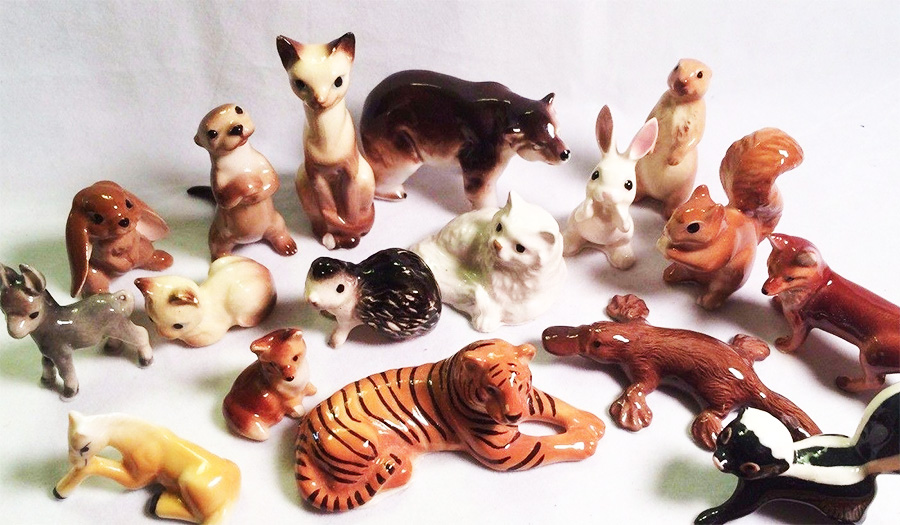
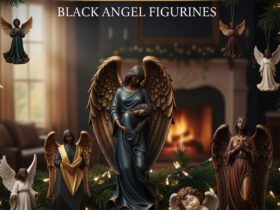
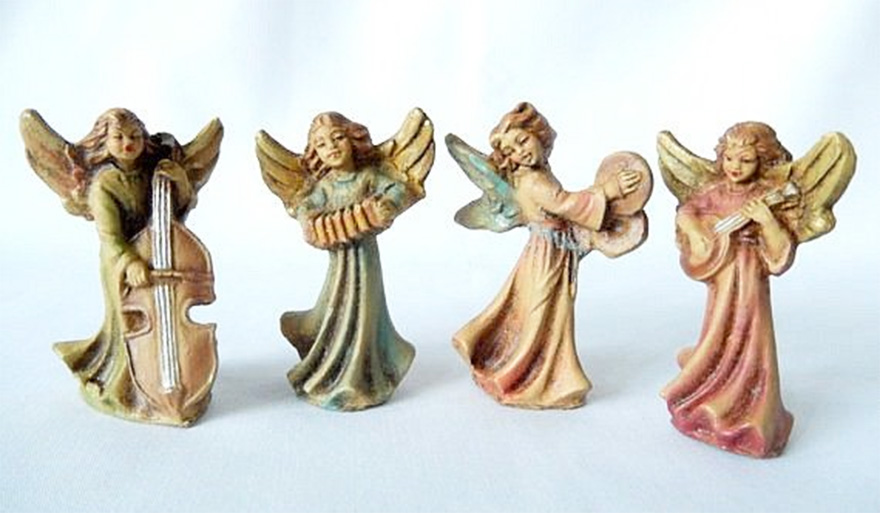
Leave a Reply